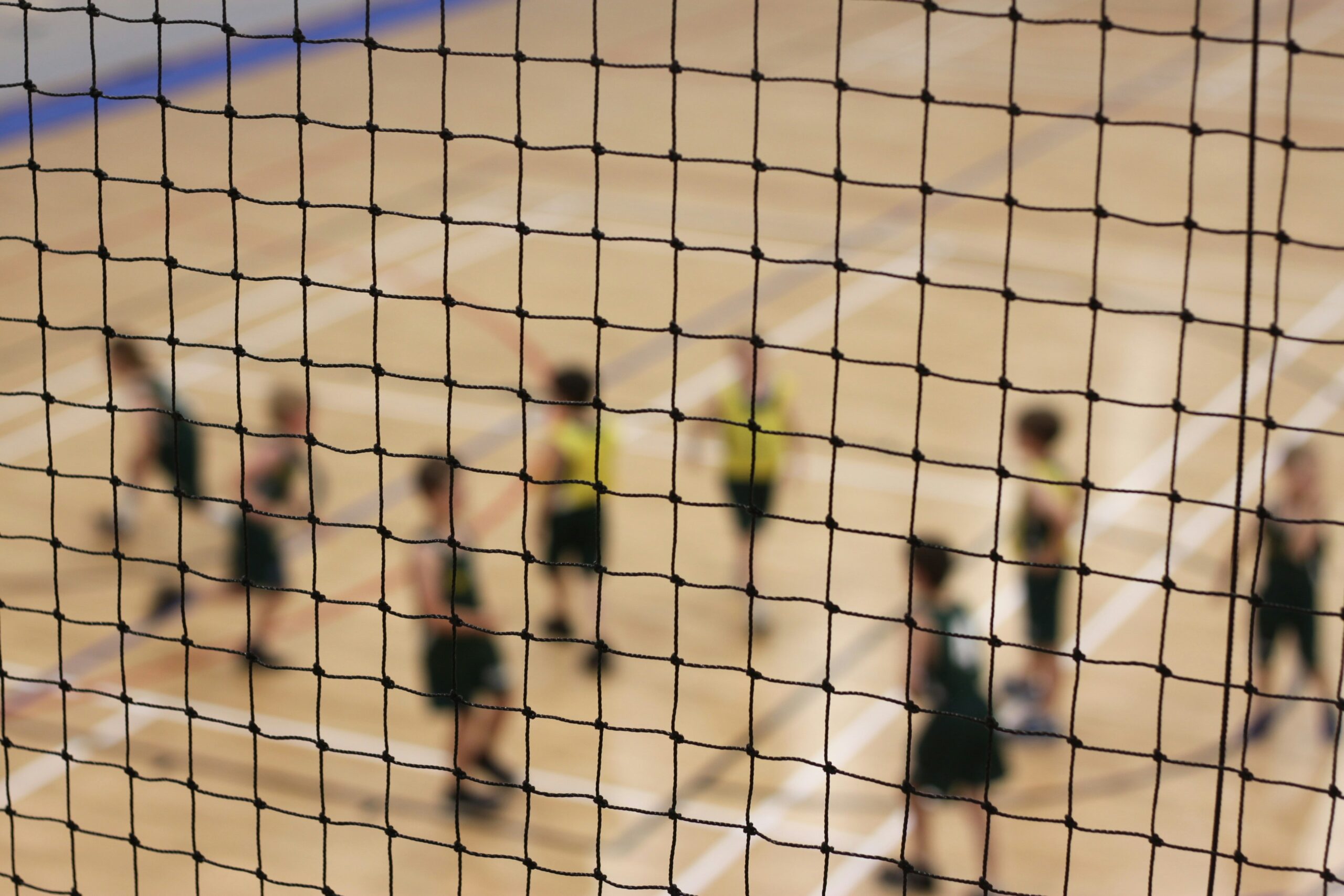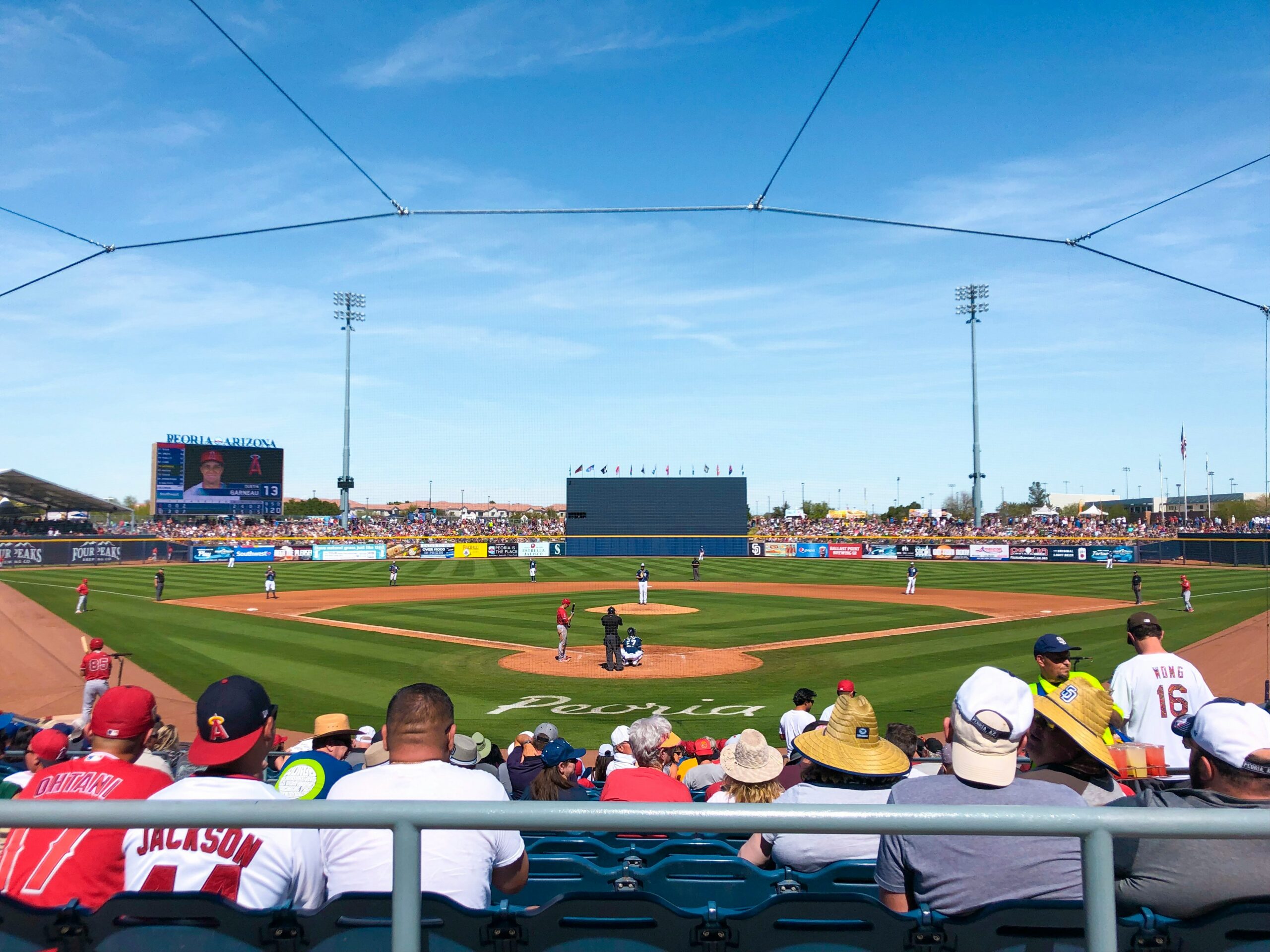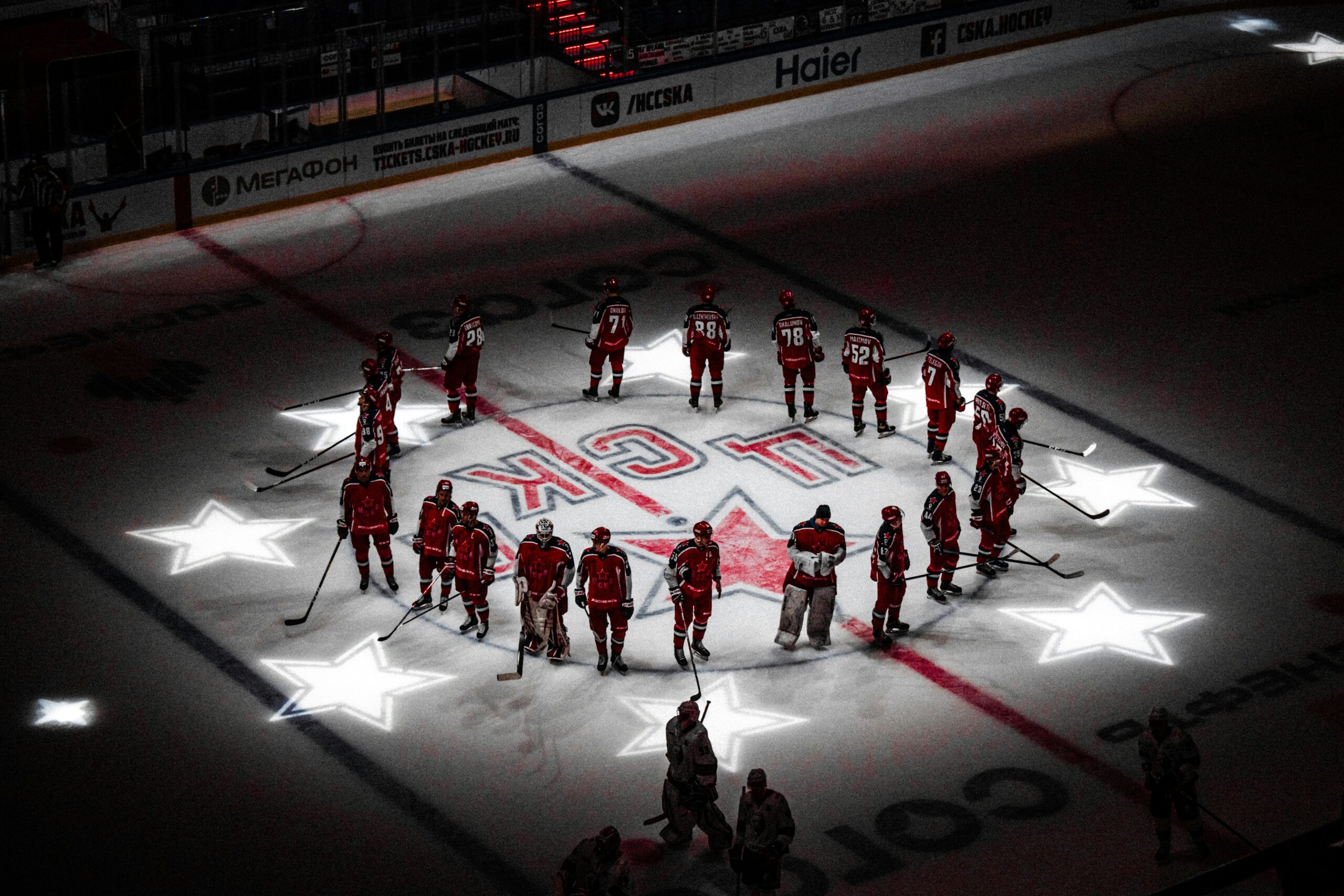Introduction to the Rivalry
The rivalry between the Detroit Pistons and the Chicago Bulls is one of the most storied and intense competitions in NBA history. This feud, steeped in historical significance, has captivated fans since the late 1980s and has been defined by numerous clashes that have had profound implications for both franchises and the league. It all began when the Pistons, famously known as the “Bad Boys,” epitomized a physical and gritty style of play that frequently put them in direct opposition to the Bulls and their rising star, Michael Jordan.
Throughout the late 1980s and early 1990s, the Pistons and Bulls faced off in several critical playoff series. The Eastern Conference Finals of 1989 and 1990 stood out as defining moments, with the Pistons emerging victorious on both occasions. Their exceptional defense and a no-holds-barred approach to basketball created an electric atmosphere during matchups, drawing the attention of the entire basketball community. Fans became heavily invested in these games, showcasing their loyalty and passion, which only intensified the rivalry.
In the early 1990s, however, the tide began to turn. Led by Michael Jordan, the Bulls eventually triumphed over the Pistons in the 1991 Eastern Conference Finals, marking a pivotal shift in the trajectory of both franchises. This victory not only established the Bulls as formidable contenders but also marked the decline of the Pistons’ dominance in the league. The intense atmosphere surrounding these competitions contributed significantly to the allure of the NBA, fostering a rich narrative that has persisted for decades.
Today, the rivalry remains a fundamental element in understanding the history and evolution of the NBA, embodying themes of competition, perseverance, and the relentless pursuit of greatness. As both teams have experienced various phases of success and struggle in recent years, the memories of their historic matchups linger on, resonating with fans old and new.
Recent Meetings: Game Highlights
The Detroit Pistons and Chicago Bulls have a long-standing rivalry, and their recent matchups have continued to reflect the intensity and competitive nature of this historic encounter. The latest game took place on March 10, 2023, where the Bulls narrowly defeated the Pistons with a score of 108-106. This game was characterized by back-and-forth scoring, highlighted by a late-game three-pointer from Bulls’ guard Zach LaVine that sealed the victory.
Another significant meeting occurred on January 15, 2023, at Detroit’s Little Caesars Arena. In that contest, the Pistons emerged victorious with a score of 120-112, showcasing their offensive prowess. The standout performance came from Pistons’ center Isaiah Stewart, who registered a double-double with 22 points and 12 rebounds. His contributions were crucial in the pivotal moments of the game, helping the Pistons overcome a challenging third quarter.
Earlier in the season, on November 25, 2022, the Bulls dominated the Pistons with a commanding 119-85 win. The game’s turning point was the second quarter, where the Bulls outscored the Pistons by 25 points. Their defense stifled the Pistons’ offense, forcing numerous turnovers and capitalizing on fast-break opportunities. This performance was a clear demonstration of the Bulls’ depth and teamwork, with contributions from multiple players, including DeMar DeRozan who led the team with 30 points.
These recent games have exemplified the fierce rivalry between the Detroit Pistons and Chicago Bulls, with each game offering its own unique highlights and pivotal moments. The competitive spirit displayed in these encounters emphasizes the importance of this matchup in the NBA landscape.
Star Players: Pistons and Bulls Lineup
In the storied rivalry between the Detroit Pistons and the Chicago Bulls, star players from both teams have historically played significant roles in shaping game outcomes. As the teams face off, observing individual contributions becomes crucial in understanding the dynamics of the match. For the Chicago Bulls, Malik Beasley stands out as a key player. A versatile shooting guard, Beasley possesses a scoring prowess paired with a commendable three-point shooting percentage, making him an offensive threat on the perimeter. His ability to make clutch shots and create spacing on the floor allows his teammates to operate more effectively. Based on the latest statistics, Beasley averaged around 15 points per game while maintaining efficient shooting figures, emphasizing his importance to the Bulls’ offensive strategies.
On the other side, the Detroit Pistons boast a lineup rich with talent, highlighted by players such as Cade Cunningham and Jaden Ivey. Cade Cunningham, a former first overall pick, has rapidly become a cornerstone for the Pistons. His skill set blends playmaking, scoring, and solid defensive capabilities. With an average of 18 points, 6 assists, and 5 rebounds per game, Cunningham stands as a multifaceted player who orchestrates the Pistons’ offense. Meanwhile, Jaden Ivey has emerged as a dynamic guard with explosive athleticism and a penchant for driving to the basket. His contributions are vital, especially in transition, where he can utilize his speed to outpace defenders.
In this clash of titans, the performances of Malik Beasley alongside the notable talents of Cade Cunningham and Jaden Ivey will be pivotal. Their individual stats and playing styles reflect their influence on game outcomes and highlight the competitive spirit that defines the Pistons and Bulls rivalry. These key players not only embody the essence of their teams but also set the stage for thrilling encounters that fans eagerly anticipate.
Pistons’ Strategy: Offense and Defense
The Detroit Pistons have long been recognized for their strategic adaptability on the court, particularly when facing formidable opponents like the Chicago Bulls. The offensive approach of the Pistons is characterized by a balanced distribution of scoring opportunities, often utilizing a combination of isolation plays and ball movement. This strategy aims to exploit defensive mismatches while maintaining a rhythm that capitalizes on their players’ strengths. For instance, the Pistons may initiate plays through their guards to create spacing, allowing big men to operate effectively in the paint or to stretch the floor with perimeter shooting.
In terms of defensive strategies, the Pistons typically implement a man-to-man defense complemented by aggressive help defense. This is especially important when facing the scoring prowess of the Bulls. The coaching philosophy emphasizes tight on-ball pressure and quick rotations, enabling the Pistons to contest shots while minimizing second-chance points. A necessary adjustment involves anticipating the Bulls’ high-pick-and-roll plays, prompting the Pistons to hedge or switch effectively to contain their perimeter shooters.
During matchups, the coaching staff analyzes the Bulls’ tendencies, leading to tailored formations dictated by real-time observations. Key plays may revolve around trapping ball handlers and forcing turnovers, with the Pistons leveraging their defensive energy to create fast-break opportunities. Moreover, fostering strong communication among players is crucial, ensuring cohesive defense that can adapt to the dynamic strategies employed by the Bulls.
The overall team dynamics of the Pistons highlight resilience and versatility. By developing a deep roster that promotes various offensive and defensive schemes, they remain competitive against the Bulls. This capability to switch tactics mid-game not only enhances their chances of success but also provides an engaging showdown for fans, as each encounter evolves into a strategic chess match between two storied franchises.
Bulls’ Strategy: Offense and Defense
The Chicago Bulls have employed a multifaceted approach to both their offensive and defensive strategies in matchups against the Detroit Pistons. The core of their offensive plan revolves around utilizing the talents of their star players. This includes leveraging the scoring abilities of key players who can create their own shots and facilitate opportunities for others. In critical moments, isolations and pick-and-roll plays become prominent as they exploit mismatches against the Pistons’ defense. Effective ball movement and a focus on spacing are essential, allowing the Bulls to maximize their shooting from beyond the arc, thus stretching the floor and opening lanes for drives to the basket.
Defensively, the Bulls place significant emphasis on maintaining a strong perimeter defense. They utilize aggressive on-ball pressure to disrupt the Pistons’ rhythm, forcing them into less desirable shots. Beyond just individual defense, the Bulls execute team-oriented defensive strategies, such as switching on screens and playing help defense, to contain the offensive prowess of the Pistons. This defensive configuration often prioritizes closing out on shooters quickly and forcing turnovers, translating those opportunities into fast-break points. The combination of these defensive tactics not only curtails offensive efficiency for their opponents but also allows the Bulls to maintain tempo in the game.
Adjustments during gameplay play a vital role in the Bulls’ overall performance. Recognizing when the Pistons capitalize on specific weaknesses, the coaching staff can make crucial changes, whether it be altering defensive assignments or adjusting offensive sets. This adaptability has proven essential in tight contests, enabling the Bulls to remain competitive against the Pistons regardless of the circumstances. By consistently refining their strategies and ensuring that their star players remain involved, the Chicago Bulls position themselves to dominate the court in every encounter with the Pistons.
Statistical Breakdown: Player Stats
The matchups between the Detroit Pistons and Chicago Bulls have consistently showcased the talents of their star players, contributing to the thrilling dynamics of their games. In the most recent encounter, key players from both teams demonstrated impressive performances that provided intriguing statistics reflective of their contributions.
For the Detroit Pistons, the standout player was Cade Cunningham, who tallied an impressive 28 points alongside 7 rebounds and 6 assists. His shooting accuracy was notable, connecting on 55% of his field-goal attempts, which significantly influenced the team’s offensive efforts. Additionally, Cunningham exhibited good defensive prowess with 2 steals, further solidifying his role as a dual-threat player.
On the Bulls’ side, Zach LaVine emerged as a crucial contributor, scoring 26 points while also recording 5 rebounds and 4 assists. His shooting performance was commendable, converting 50% of his shots, demonstrating his effectiveness in primed scoring scenarios. LaVine’s ability to create opportunities for his teammates and himself played a vital role in the Bulls’ gameplay during the matchup.
Moreover, each player’s statistical contributions were pivotal in the overall context of the game. The Pistons’ Isaiah Stewart added valuable support, completing the game with 12 points and an impressive 10 rebounds, while also securing 1 block. On the other hand, DeMar DeRozan contributed significantly for the Bulls with 24 points and 7 assists, showcasing his capacity to influence games through playmaking and scoring.
Comparatively, the statistics highlight the depth of talent present in both rosters, depicting a competitive landscape that continues to evolve. Each player’s individual performance feeds into the larger narrative of the teams’ strategy, underscoring the importance of these matchups in assessing player efficiency and impact in high-pressure situations.
Fan Reactions and Atmosphere
The storied rivalry between the Detroit Pistons and the Chicago Bulls extends beyond the court, manifesting itself in the vibrant fan experience that characterizes matchups between these two titans of the NBA. Fans of both teams bring an undeniable energy to the arenas, often transforming game nights into electrifying events filled with fervor and rivalry. The atmosphere generated by the passionate supporters plays a significant role in shaping the experience for both players and attendees alike.
During Pistons vs. Bulls games, the arenas resonate with the sounds of m chants, cheers, and the rhythmic clapping of the audience, reflecting the long-standing history between the two franchises. The rivalry, fueled by iconic players and memorable matchups, invites fans to relive their team’s glory days while also igniting discussions and debates about current performances. This palpable energy creates a unique setting where every basket scored seems to amplify the intensity of cheers or groans from the crowd.
Social media further amplifies this experience, serving as a platform for fans to express their emotions before, during, and after the games. Leading up to matchups, platforms like Twitter, Instagram, and Facebook are flooded with predictions, memes, and highlights from past encounters. After each game, discussions continue online, as fans celebrate victories or dissect tough losses in real-time. Such engagement not only underscores the devotion of both fan bases but also cultivates a sense of community amongst followers of the sport.
Overall, the energy in the arenas during Pistons vs. Bulls games is a reflection of the rich history, competitiveness, and passionate fan culture that fuels this classic NBA rivalry. The atmosphere, enhanced by fan involvement and discussions on social media, creates memorable experiences that resonate far beyond the final buzzer.
Future Outlook: What Lies Ahead for Both Teams
The rivalry between the Detroit Pistons and the Chicago Bulls has been a prominent feature of NBA history, characterized by intense matchups and memorable moments. As both teams look towards the future, there are several factors that could shape the continuation of this dynamic rivalry. Upcoming games in the season will provide crucial opportunities for both squads to assert dominance over their storied rival.
For the Detroit Pistons, the focus will likely be on building a competitive roster capable of contending not only within the Central Division but also in the Eastern Conference. Recent drafts have introduced young talent, which adds potential for a bright future. The Pistons’ front office may be inclined to explore player trades that bolster their lineup, particularly seeking a blend of experience and skill to support their budding stars. Integrating new players will be vital in augmenting team chemistry and performance against competitive rivals like the Bulls.
On the other hand, the Chicago Bulls are also navigating a pivotal juncture in their franchise history. With a roster that includes a mix of established players and emerging talents, the Bulls aim to optimize their performance to reclaim their status as a formidable force in the NBA. Potential trades could see significant players transitioned to maximize the team’s strengths, especially to better compete in high-stakes games against traditional rivals. The Bulls’ management may prioritize acquiring players whose styles complement their existing stars to enhance overall team dynamics.
The evolving landscape of the NBA, marked by new draft prospects and a shifting competitive balance, will play a crucial role in shaping future encounters between these two teams. As both the Pistons and the Bulls strive for greatness, their games will continue to encapsulate the intensity and passion that fans have come to expect from this rivalry.
Conclusion: The Continued Legacy of the Rivalry
The ongoing rivalry between the Detroit Pistons and Chicago Bulls stands as one of the most significant narratives in NBA history. This intense competition has not only shaped the teams involved but also left an indelible mark on the league as a whole. From the late 1980s to the mid-1990s, both franchises engaged in a series of epic confrontations that captivated fans and left a lasting emotional impact on players. Games between these two teams were not just contests of skill; they were battles where emotions ran high, and the stakes could not have been greater.
The Pistons, known for their “Bad Boys” persona, embodied a gritty, physical style of play that often clashed with the more finesse-oriented approach of the Bulls, led by the legendary Michael Jordan. As players like Isiah Thomas and Dennis Rodman squared off against Jordan and Scottie Pippen, the rivalry became a defining element of their careers. For fans, witnessing these match-ups fostered a sense of belonging and ignited regional pride, as allegiances were tested in the fire of competition.
Beyond the court, the significance of this rivalry extends to the way it has influenced the culture of basketball. The on-court battles generated compelling narratives that have been analyzed in sports media and celebrated in documentaries, ensuring a place for this rivalry in the annals of history. As both teams continue to evolve, the echo of past match-ups still resonates with players who recognize the weight of representing their respective franchises. Ultimately, the Detroit Pistons vs. Chicago Bulls rivalry is one that enriches the lore of the NBA and continues to inspire both players and fans, reaffirming its importance in the sport’s legacy.



